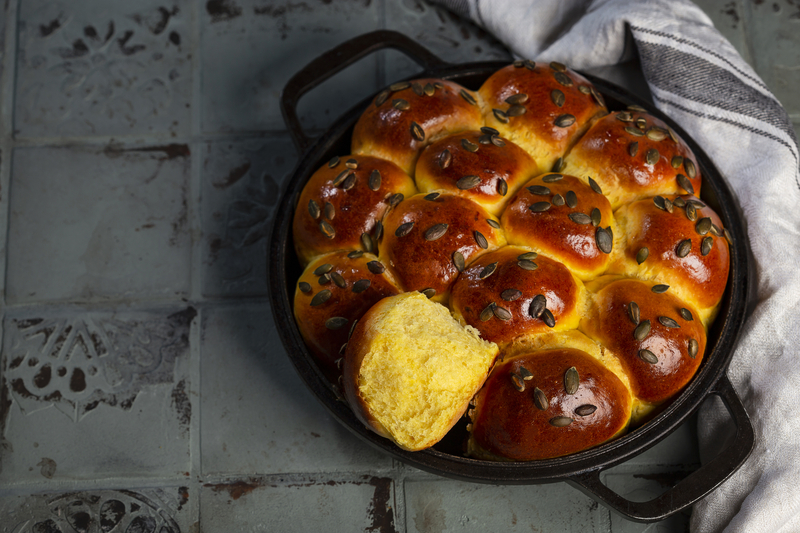 Baking is a beloved art form that has been enchanting our senses for centuries.
Baking is a beloved art form that has been enchanting our senses for centuries.
It’s the alchemical process that transforms humble ingredients like flour, sugar, eggs, and leavening agents into delectable creations that warm our hearts and fill our stomachs.
Behind the delicate crumb of a cake or the crispy perfection of a baguette lies a symphony of chemical reactions.
Yet, for all its magic, there’s a question that often lingers in the minds of both novice and seasoned bakers: What is the name of the chemical reaction in baking?
In this exploration, we venture into the heart of the oven to uncover the science that makes baking a blend of artistry and chemistry.
Is There a Specific Name for the Chemical Reaction in Baking?
The specific name for the chemical reaction that occurs in baking is not a single reaction but rather a combination of various chemical processes that take place simultaneously during the baking process.
These processes include the Maillard reaction, caramelization, protein denaturation, coagulation, and the release of carbon dioxide gas by leavening agents like yeast, baking powder, or baking soda.
There isn’t one single “chemical reaction in baking” that can be named as a distinct entity; instead, it’s a complex interplay of these reactions that results in the transformation of raw ingredients into baked goods with unique flavors, textures, and appearances.
So, the chemical changes that happen during baking encompass a variety of reactions working in concert to create the final product you enjoy.
The Culmination of Complex Chemical Processes
 Baking, often described as both an art and a science, involves a culmination of complex chemical processes that work in concert to create the delectable treats we love.
Baking, often described as both an art and a science, involves a culmination of complex chemical processes that work in concert to create the delectable treats we love.
These processes include:
- The Maillard Reaction: Flavor Development
The Maillard reaction, which occurs when amino acids and reducing sugars are exposed to high temperatures, is responsible for the development of rich flavors and enticing aromas in baked goods.
It’s this reaction that gives freshly baked bread, cookies, and pastries their irresistible taste and inviting golden-brown hue.
- Caramelization: Browning Magic
Caramelization is another critical process that contributes to the visual appeal and flavor complexity of baked goods.
During baking, sugars undergo caramelization, transforming into a range of delightful compounds that add depth and character to the finished product.
- Protein Denaturation and Coagulation: Structure and Texture
Protein denaturation and coagulation are key reactions that impart structure and texture to various baked goods.
Eggs and flour, rich in proteins, undergo changes when exposed to heat, ensuring the stability and mouthfeel of cakes, custards, cookies, and more.
- Leavening Agents: Carbon Dioxide Production
Whether it’s yeast in bread or baking powder and baking soda in cakes and biscuits, leavening agents play a vital role in the baking process.
They release carbon dioxide gas when activated by heat and acid, causing the dough or batter to rise and become soft, fluffy, and well-textured.
Bottom Line – What is the Name of the Chemical Reaction in Baking?
In the world of baking, the name of the chemical reaction may elude us because it’s not just one reaction but an intricate tapestry of processes at play – it’s a dance of chemical transformations.
From the Maillard reaction that imparts flavor and color, to protein denaturation and coagulation that give structure and texture, and the carbon dioxide release from leavening agents for that perfect rise, baking is a testament to the harmonious collaboration of chemistry and culinary craftsmanship.
So, while we may not have a single, definitive name for the chemical reaction in baking, what truly matters is the symphony of transformations that occurs within the oven, creating the mouthwatering masterpieces that grace our tables and warm our hearts.


